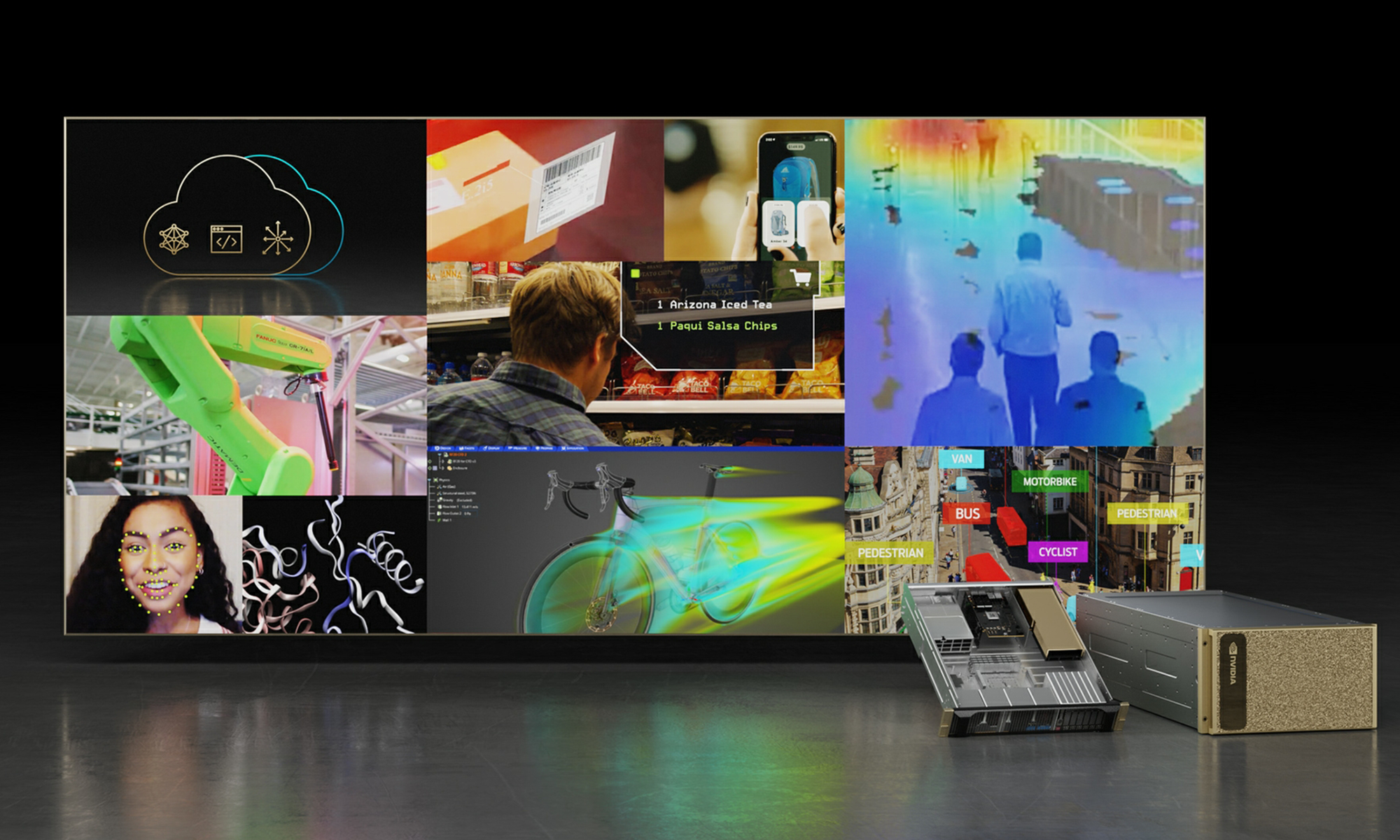Investing isn't like a boxing match where two competitors stand in opposite corners to fight it out. Or is it? The reality is that every investment opportunity competes against other alternatives for your hard-earned money.
If there were an investing version of a boxing match, I think Nvidia (NVDA 1.63%) and XRP (XRP 0.11%) (sometimes referred to as Ripple, the company that developed the digital asset) would be in the heavyweight category. Nvidia now reigns as the biggest company in the world based on market cap. XRP ranks as one of the hottest cryptocurrencies, with its price skyrocketing nearly 6 times higher over the last 12 months.
Which is the better choice for investing $10,000 right now? Here's how Nvidia and XRP stack up against each other.

Image source: Getty Images.
Apples and oranges
Comparing Nvidia and XRP is a lot like comparing apples and oranges. The differences between Nvidia and XRP are too numerous to count.
The most important difference, though, is that they're completely different types of assets. Nvidia is a publicly traded company that makes graphics processing units (GPUs) used to power artificial intelligence (AI) and gaming applications. XRP is a digital token that's native to the XRP Ledger, a decentralized blockchain platform built for financial transactions.
Another biggie is that Nvidia must adhere to regulations established by government agencies, including the U.S. Securities and Exchange Commission (SEC). Ripple, the developer of XRP, is tangled in a lawsuit with the SEC over whether XRP should be regulated like a security.
However, there are some similarities between Nvidia and XRP. Both assets have market caps (Nvidia's is around $4.3 trillion, while XRP's is around $175 billion). Both have been highly volatile in the past. Both have made some investors a lot of money. They also each provide utility, albeit in different ways.

NASDAQ: NVDA
Key Data Points
Scoring points
In each round of a boxing match, the two fighters are scored, with the winner receiving 10 points and the loser receiving no more than nine points. We won't use the same scoring method with Nvidia and XRP, but they can be compared in several categories.
Let's first address performance. Nvidia has delivered a cumulative gain of roughly 434,500% since its initial public offering in January 1999. XRP launched in 2012. The digital token's price has jumped around 20,000% since then. During the same period, by the way, Nvidia's share price soared by more than 35,600%.
What about growth prospects? This one is more challenging.
Nvidia has a clear tailwind from AI. Its GPUs remain very popular in training and deploying AI models. The company's revenue grew 69% year over year in the first quarter of 2025. Wall Street analysts expect Nvidia will deliver revenue growth of 48.5% in Q2.
XRP's growth prospects, on the other hand, are more nebulous. How much the price of the digital token rises (or falls) depends on supply and demand. It's possible, though, that demand for XRP could increase if the SEC approves an exchange-traded fund (ETF) that focuses on the cryptocurrency. Crypto prediction platform Polymarket puts the odds of SEC approval at 86%.

CRYPTO: XRP
Key Data Points
The final round is valuation. Again, this one is tough. Nvidia's shares trade at a forward price-to-earnings ratio of 40.3. That's a steep multiple. However, the company's growth prospects make its valuation more palatable.
It's impossible for all practical purposes to accurately determine what XRP's valuation should be. As with the cryptocurrency's growth prospects, everything hinges on supply and demand.
A knockout winner
Could XRP continue to soar? Absolutely. However, buying the digital token is more of a bet than an investment.
There's certainly an element of risk with investing in Nvidia as well. Perhaps the company will stumble. Maybe rivals will develop better AI chips. But Nvidia is making products that enjoy strong demand and will likely continue to do so for years to come. I view Nvidia as a knockout winner in this match for investors seeking to put $10,000 to work.





